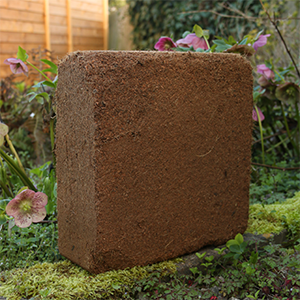
Choosing coir over peat: The environmental benefits of CoirProducts
For years, peat has been a popular choice in gardening and horticulture, known for its ability to retain moisture and support plant growth. But as
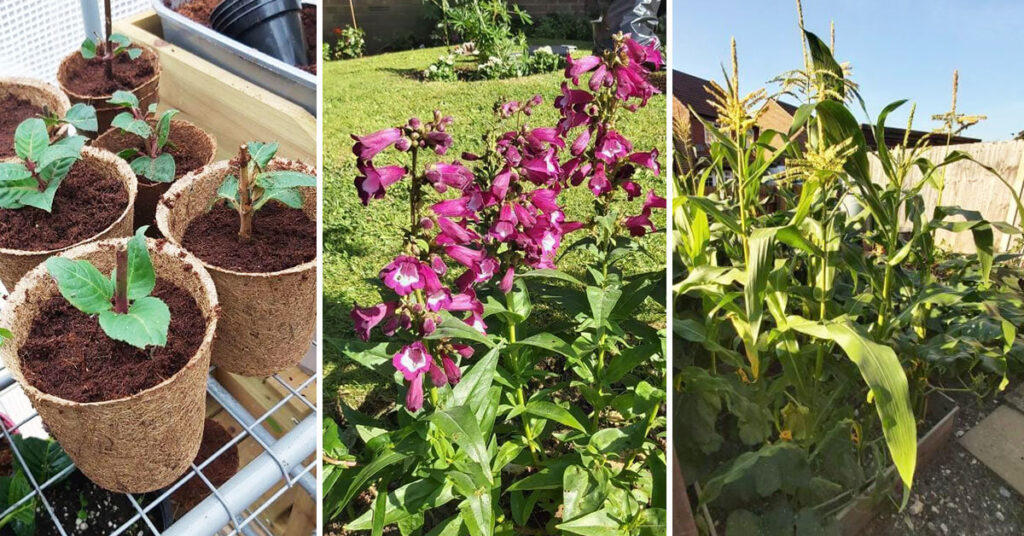
In this blog post, gardener Ruth begins to tell us her story about how her gardening journey started, discussing who and what inspired her, and what her first gardening successes were.
I first really started my gardening experience when I moved to a new location in the summer of 2018. We moved to a lovely country village surrounded by orchards, and wooded areas. We loved walking our dogs around the orchards, and that’s also where I first saw an allotment area just a few minutes away from my house.
Having recently moved house and not working I had plenty of free time and thought it would be nice to have an allotment plot.
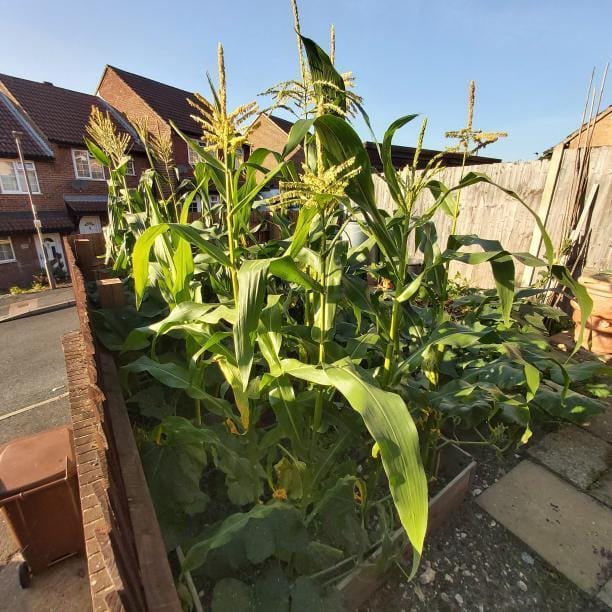
During my morning walks I would pass the allotment and I would always say hello to an old boy working on his plot. I offered to help if he ever needed an extra pair of hands.
Like many, I didn’t know a lot about growing vegetables, so by offering to help I thought I could educate myself from someone who has had his own plot for 30 years! He also told me about how to apply for a plot, as it was a private run allotment. Lucky for me, I only had to wait 8 weeks to get my first plot, and from there, The Potty Plot was created!
I got my plot in October 2018, and I could see that the previous tenant had looked after it well. My main focus was to clear the beds and condition the soil ready for the following year.
So the first thing I actually grew was green manure to grow over the winter, that way I had something growing, as well as keeping weeds away, and also giving my soil a good source of nitrogen for the spring.

From a young age, I used to enjoy watching my grandparents garden, where my grandad also had vegetables growing in his garden, as well as lots of lovely flowers.
My great uncle jack was also a big inspiration of mine, he was a head gardener on a large estate in Sussex. He still works on his own garden at the age of 94! So you could say my family has always been a big influence to me, even though I didn’t actually start gardening until I was 44!
Over the winter, I took time to do a lot of research about gardening and how to grow fruit and vegetables. I wanted to grow so much so it was important to write down a list.
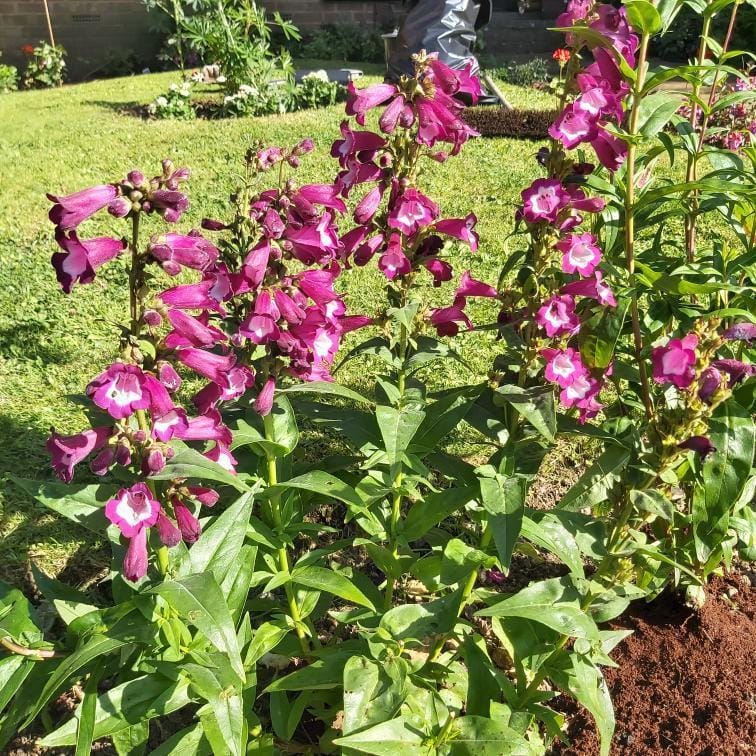
I wanted a flower bed alongside plenty of space to grow fruit and vegetables. I was growing for my family, as I don’t eat many vegetables myself, but I did want to grow vegetables to also try and encourage myself to eat vegetables. I’ve found that home grown always tastes the best, so that to me,that was my biggest success, I discovered that vegetables weren’t all that bad!
Next, Ruth tells us about what kinds of plants and crops she grows in her allotment, how she came to decide what to grow, and the benefits gardening has brought to her life.
When planning my plot, I did a lot of reading about the ‘no dig’ method (excluding the light over the plot so weeds can’t grow, rather than digging them up from the soil), and really liked the idea and thought it was great! So I drew up plans so I could have half of my plot as ‘no dig’, then dig up the other half. I wanted to compare how my crops grew in the different halves. I had beds for fruit and vegetables, as well as a flower bed with a butterfly mix and flowers for the bees to enjoy. It was my plan to encourage as much wildlife and insects as I could to help me grow.
I wanted to try to grow a few unusual things, such as chickpeas, but unfortunately a lot of foliage grew in my plot, so the harvest of the chickpeas was poor.
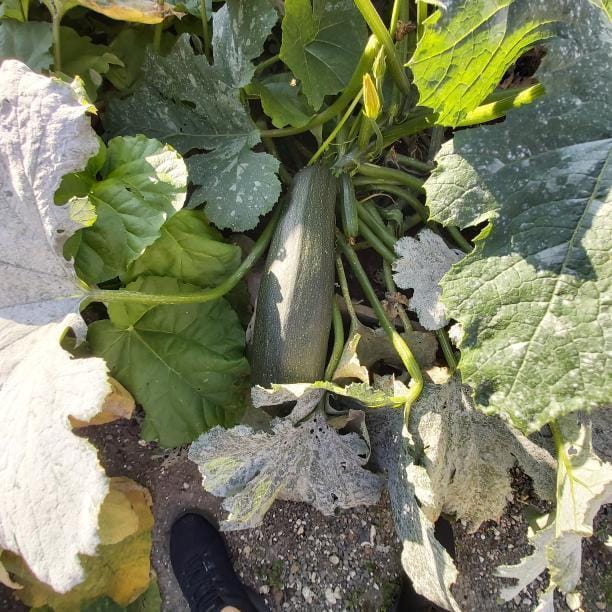
I also tried growing sweet potatoes, where I managed to harvest a few. Even though a few things haven’t worked out, I’m always open to growing different plants that you wouldn’t normally grow regularly. Peanuts are on my list for next year to try out.
My main focus was to grow lots of fruit! I had inherited fruit bushes, including strawberries and rhubarb, and the biggest plum tree that was well established on my plot. Apparently it was the best one on the allotment! In the summer of 2019, I had hundreds of lovely plums and told other plot holders to help themselves to them. It was a fantastic tree! I also decided to co-plant flowers with my crops, mainly marigolds as they are very easy to grow and beneficial.
Getting into gardening has really been a big help for my mental health, I’m a firm believer that it’s great for everyone. As I had just moved to a new area, I didn’t know anyone, and gardening on my plot helped me to make new friends. I also benefited from all the extra fitness I got from working on my allotment. Every day I would get up and do my housework, then I would look forward to spending the rest of the day working on my plot. Especially in the warmer months, I would get up and go down there early in the morning. I would just sit up there with a cup of coffee and listen to the birds sing before I started working on my plot. It’s a great way to start the day off.
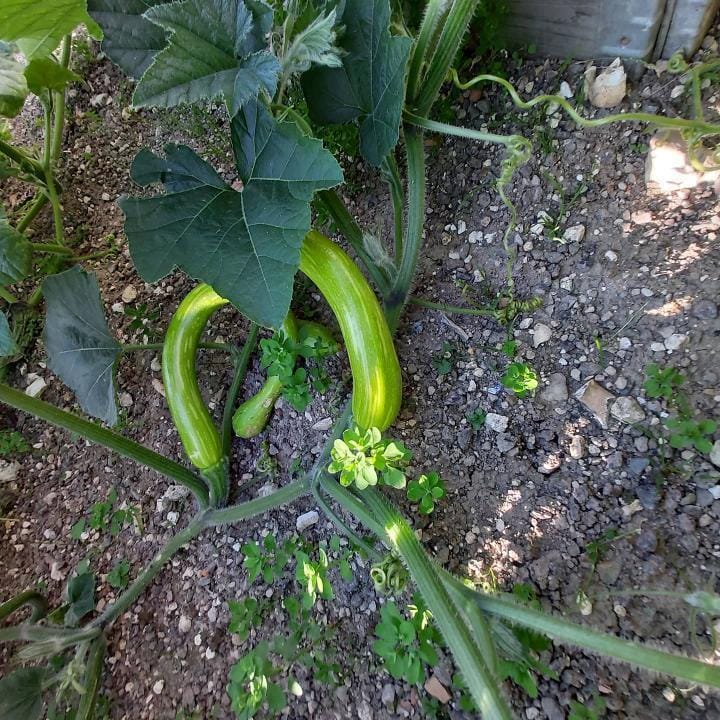
However, Ruth explains how gardening isn’t always easy.
I’ve grown a wide range of plants and tried hard to get it right, almost everything has been easy, but I found for me growing brassicas was probably the hardest. I was always battling with the aphids and cabbage whites laying their eggs on the plants, even though they were all netted. It can be very frustrating, especially if you don’t see the bugs until they’ve half eaten your crop! So now I don’t really grow them. I also got disheartened once because I lost my tomatoes one year after doing everything to look after them! It’s just one of those things, not everything in gardening is smooth sailing.
But don’t be discouraged! Because while not everything gardening may go right, Ruth has shown that if you keep working at it, you can create a very successful garden. Here are some of her top tips for those who may be struggling or just starting out in the gardening world, including her use of coir products.
I could go on and on with tips but the best one would be to use Coir Products! I highly recommend them and I know I give all my products a great start throughout to the end!
Coir Products are absolutely fantastic, I’m currently working my way to use all of their great products, I’ve noticed a big change in a lot of things where I’ve used coir products.
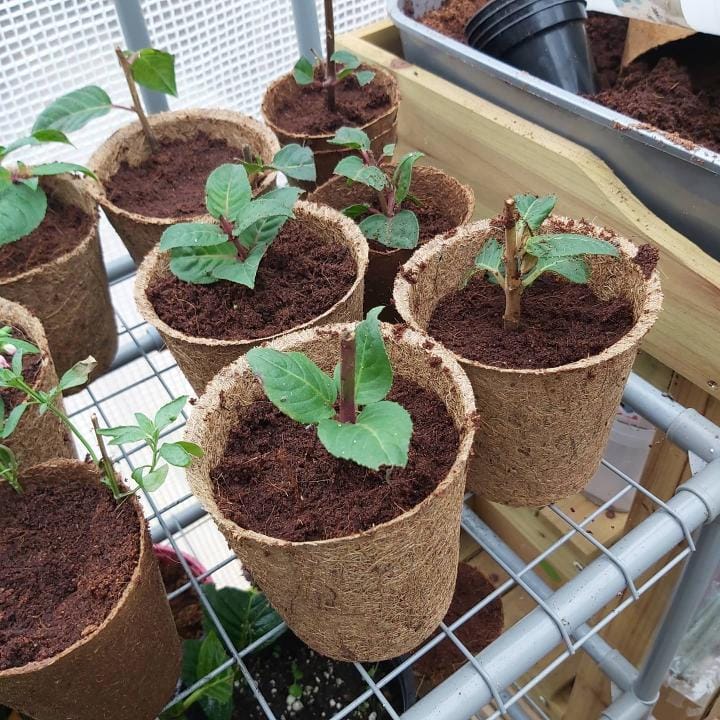
The pots are super for growing certain plants that don’t like root disturbance! So simple to plant the pots directly into the ground. They are so beneficial as it means less plastic and that is great for our environment.
I used the coir coins to sow seeds and I’ve had a 100% growing rate. They keep moisture in and that means I don’t have to worry about watering so much.
The coir blocks save space in my greenhouse compared to compost bags, and this really does make a difference. They are so easy to use and it’s amazing how such a small block can expand and go a long way. The blocks are also great for holding moisture too! My hanging baskets have been the best they’ve ever been because they’ve had plenty of water held in them.
I’ve used the grow bags this year for my tomatoes and they’ve done so well.
I’m so glad I discovered Coir Products because they are a game changer and I’ve noticed a big difference in my plants. They also contribute towards me doing my bit for looking after the planet.
If you want to follow Ruth’s journey and watch her progress, be sure to check out her Instagram @the_potty_plot .

For years, peat has been a popular choice in gardening and horticulture, known for its ability to retain moisture and support plant growth. But as

At Coir Products by Salike®, we take pride in the quality of our products and the positive impact we make on the communities who help